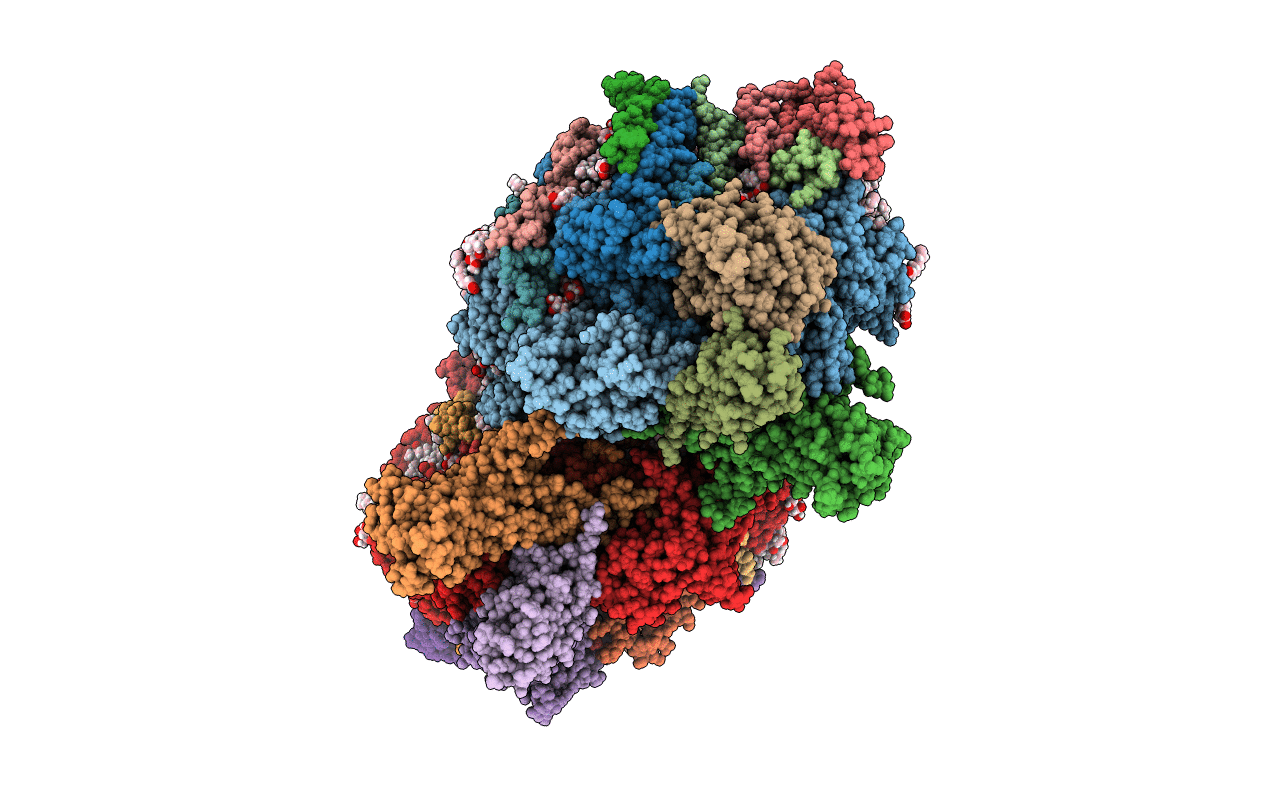
Deposition Date
2021-07-13
Release Date
2021-11-10
Last Version Date
2024-11-13
Entry Detail
PDB ID:
7RF4
Keywords:
Title:
RT XFEL structure of Photosystem II 50 microseconds after the second illumination at 2.27 Angstrom resolution
Biological Source:
Source Organism:
Thermosynechococcus elongatus (strain BP-1) (Taxon ID: 197221)
Method Details:
Experimental Method:
Resolution:
2.27 Å
R-Value Free:
0.24
R-Value Work:
0.18
R-Value Observed:
0.18
Space Group:
P 21 21 21


